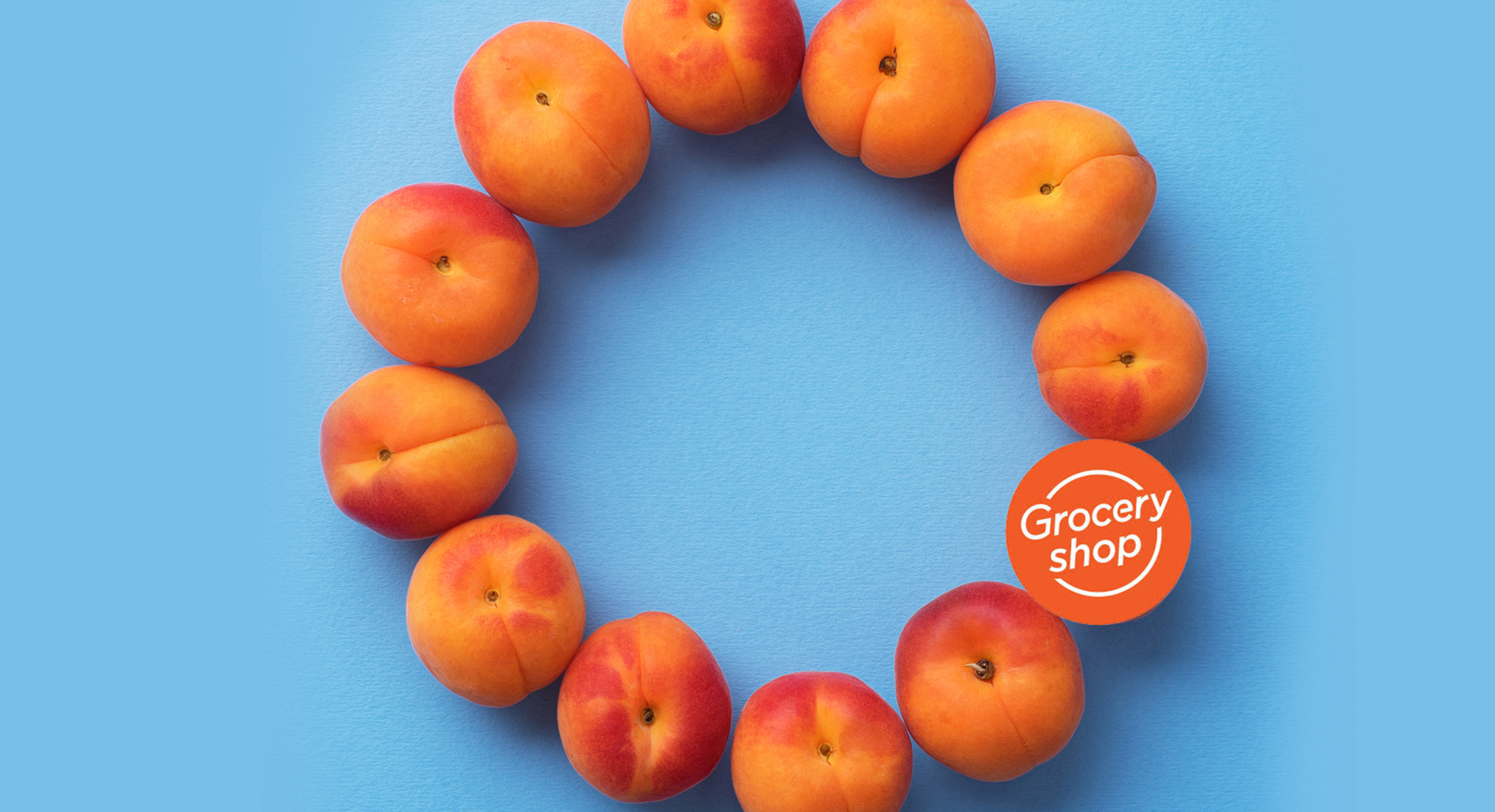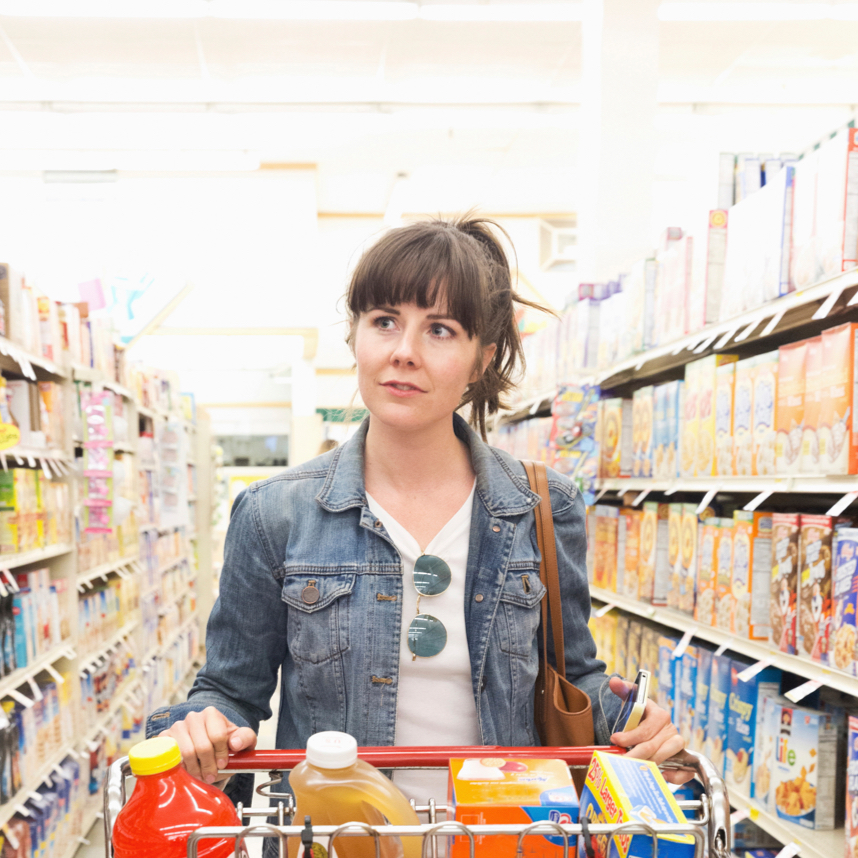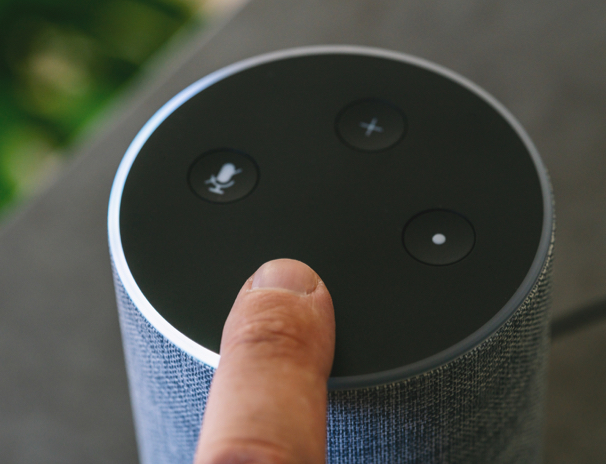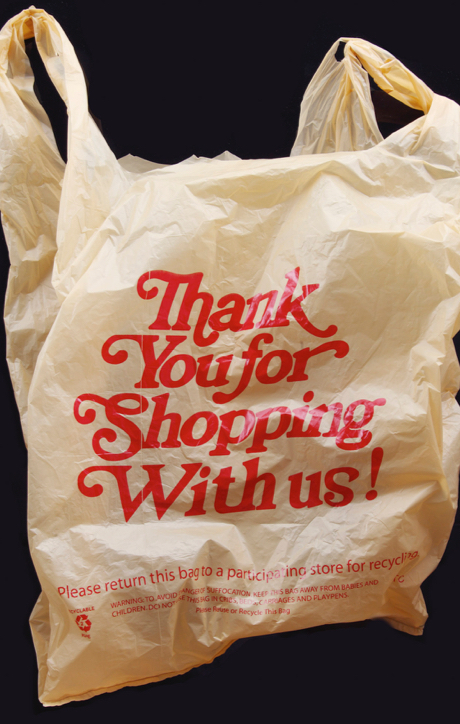While last year’s event focused on the disruption and disruptors in the category, this year the conversation centered on the need to transform through this time of change
Over the four days, a few key themes emerged:
(1) To win with today’s consumers, brands must connect their total commerce and engagement strategy across all touchpoints and consider all routes to market.
Leaders from Mars, Tyson and Frito-Lay all shared the unique ways they are addressing consumer needs across the full omni-channel ecosystem, to be present when and where the consumer might be looking. For Frito-Lay, this means using data to understand when a consumer may be interested in their product based on what else is in their digital cart.
For example, tomatoes, cheese, beans, onions and guacamole look like a 7-layer dip in the making, and Frito-Lay uses these indicators to trigger a message to the consumer that they may also want to pick up some Tostitos.
For Mars, makers of Extra Gum, a partnership with a dating app reminds consumers to pick up a pack of gum before the big date. And, Tyson is focusing on key partnerships with platforms like E-Meals where consumers can plan meals and have all of the necessary grocery items delivered to their homes.
Even Anheuser-Busch is focusing on how to better serve the on-demand digital consumer through their complex and highly regulated distributor relationships, by focusing on partnerships with platforms like Drizly, an alcohol-delivery service, and Replenium, a replenishment service.
And, P&G has diversified its Tide portfolio to address very specific consumer needs across a broader range of channels, such as its Eco-box, designed specifically for ecommerce with less waste, and even retail solutions like Tide Cleaners, where customers can drop off laundry for cleaning.
(2) For today’s consumers, choice, personalization and alignment to values are more critical than ever, and brands are responding with increasingly relevant products and experiences.
Startup brands like Mymuesli and GenoPalate are creating customized foods based on preferences and even DNA. Large companies, like Pepsi Co/Frito-Lay, are tapping into the trend by using buying behavior from across its portfolio to curate snack and beverage packs for different snacking needs, then selling them through online channels as care packages.














